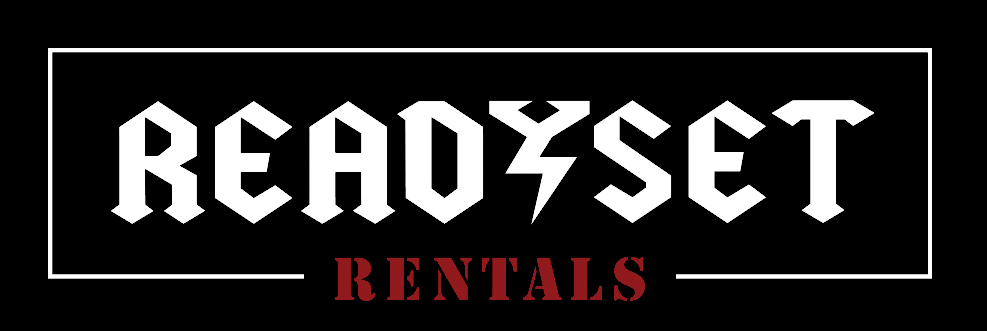Category: Paint a Wall
Paint A Wall
Required Tools: drop cloth, extension pole, roller with sleeve (1x per color), brush (1x per color), tray (1x per color)
Recommended Tips:
- Keep a damp rag in your pocket to quickly wipe up your mistakes.
- All paint finishes, with the exception of flat finish, should be applied in one direction. Meaning if you begin at the top of the wall, working your way down, you should continue painting top to bottom across the entire wall.
- When allowing paint to dry, or taking a break, be sure to cover your paint tray, roller, and brushes so they do not dry out
Step 1 .
When using flats that have been seamed together and stretched with muslin, be sure that the surface of the muslin is free of wrinkles and other debris. Please note, the paint will tighten the muslin, but will not remove large wrinkles or sags. When using flats that have been seamed together and have spackled seams, be sure the spackle has been sanded and the surface of the wall is uniform and smooth. Please note, paint will not hide problem areas. For both types of walls, use blocks to lift flats off the ground and slide a drop cloth under the front edge of the flats to protect the floor from paint.
Step 2 .
If there are windows or moldings, you will need to “cut in” first. Using a paintbrush, run a line of paint along the wall about an inch away from the edge. Then turn the brush onto the bristle tips, and press down slightly so the longest bristles gather into a point. Use this point to apply a careful line of paint right up to the edge where wall meets the molding. Once you have a clean line in place, level out any heavy areas or drips, and then move on. Once you’ve cut in around an entire wall area, you will use a roller to fill in the field.
Step 3 .
Fill the well of a roller pan about half full, and set the roller into the middle of the well. Roll it back and forth against the slope of the pan 2-3 times to allow the paint to work into the roller sleeve. Dip the roller into the well once more, and roll it on the slope until the sleeve is well saturated, but not dripping. You’ll know immediately when you’ve overloaded the roller, as it smears instead of roll across the surface of the flats. Be careful not to run the roller so rapidly across the flats the centrifugal force causes the paint to spray.
Step 4 .
Beginning at one end of the flats, about chest high, evenly apply a vertical stripe, slightly overlapping your cut-in edges (DO NOT apply the paint in a zigzag pattern making ‘M’ or ‘W’ strokes…it will look wack). Reload the roller with paint, and continue moving across the flats, overlapping your previous strokes to spread and blend paint evenly. It is ideal to point the arm of the roller handle in the direction you are moving across the wall.
Step 5 .
To ensure uniform coverage, a second coat will be necessary, but wait until the first coat is dry to the touch, then repeat steps 2 and 3. Please note, very saturated colors may require a third coat.
